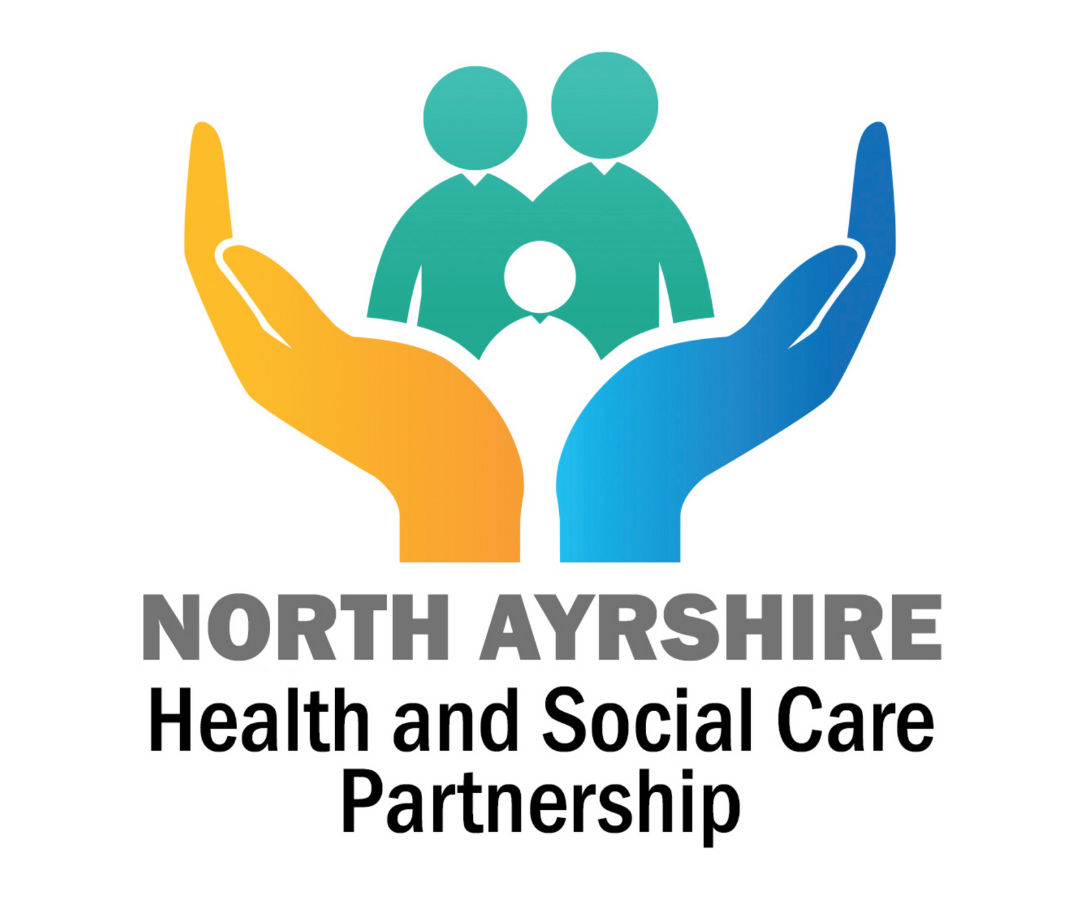Coordinated postvention support for young people in crisis
Time Space Compassion practice story in North Ayrshire
Introduction
This practice story describes how North Ayrshire addressed a gap in support for young people (up to 18 years old) who had made a suicide attempt but were not currently open to a social work services.
We needed a pathway that didn’t rely on a young person already being known to services. Every child deserves support, especially in crisis.
The challenge
The challenge taken on by North Ayrshire was to establish a clear, multi-agency pathway that could respond to suicide attempts, including non-fatal overdoses, acts of self-harm requiring medical intervention, or other deliberate suicidal behaviours, among young people not already engaged with services.
This required coordination between North Ayrshires Health and Social Partnership, CAMHS, School Nursing Service, and Education Services.

What they did
A short-life working group was formed to design a robust postvention process.
The pathway begins at the Emergency Department and ensures timely, compassionate follow-up through social work and education channels.
Key features of the Suicide Prevention Pathway:
Emergency Department staff treat and discharge the young person, then notify School Nursing and CAMHS
Where permission has been given by the young person, CAMHS informs the Service Access team of any young person under 18 presenting at an Emergency Department
Trigger emails are sent to the Named Person Service and School Nurse mailbox
The Named Person Service identifies the Child Protection Coordinator for the establishment the young person attends and notifies them of the ED presentation
Education Child Protection Coordinators provide in-school support
Within 24 hours, a Service Access/Multi Agency Assessment Screening Hub worker is allocated
Within 48 hours, contact is made with the family and a visit is arranged
Follow-up includes packs with service information, guidance on suicide/self-harm, and tailored resources. As well as clarity on next steps, and a final outcome letter
Young people are seen with sensitivity, and their right to privacy is respected
Education staff working with the young person are equipped with guidance and early intervention tools
What they have learned
On reflecting on this work North Ayrshire have highlighted the principles of Time, Space, Compassion outlined below as being key:
Following through
Follow-up visits by Service Access staff provide clarity and continuity. Young people and families know what support is available and how to access it.
Being clear and consistent
Support is communicated clearly — who is involved, what will happen, and when. Written materials and template letters ensure consistency across support.
Making connections
The pathway connects young people to trusted professionals and services. Information sharing is done with care, and young people are supported to explore new possibilities for help and recovery.
Young people’s voices have been heard. GPs are now informed alongside education services.
The impact
An evaluation in 2022 highlighted several positive outcomes:
Clear design and implementation
Increased staff confidence
Improved multi-agency collaboration
Consistent sharing of materials
Greater confidence among families
Areas for development:
More consistent feedback from young people and families
Improved quality and tracking of shared information
Better GP engagement
Wider sharing of the pathway’s success
Reflections from members of the Participation Network on North Ayrshire’s practice
What they liked:
Members spoke about how one of the studies showed how an effective multi-agency can support good practice as it can ensure that young people are less likely “to fall within the gaps”. They welcome seeing an example of good communication and said they would like more focus in the resource on how to make sure this happens in practice.
What they found interesting:
Members spoke about discharge support pathways being an area of interest in their locality and that it would be interesting to learn from the work undertaken by North Ayrshire to avoid duplication and build on practice.
More information
More information on the pathway developed can be downloaded here.
